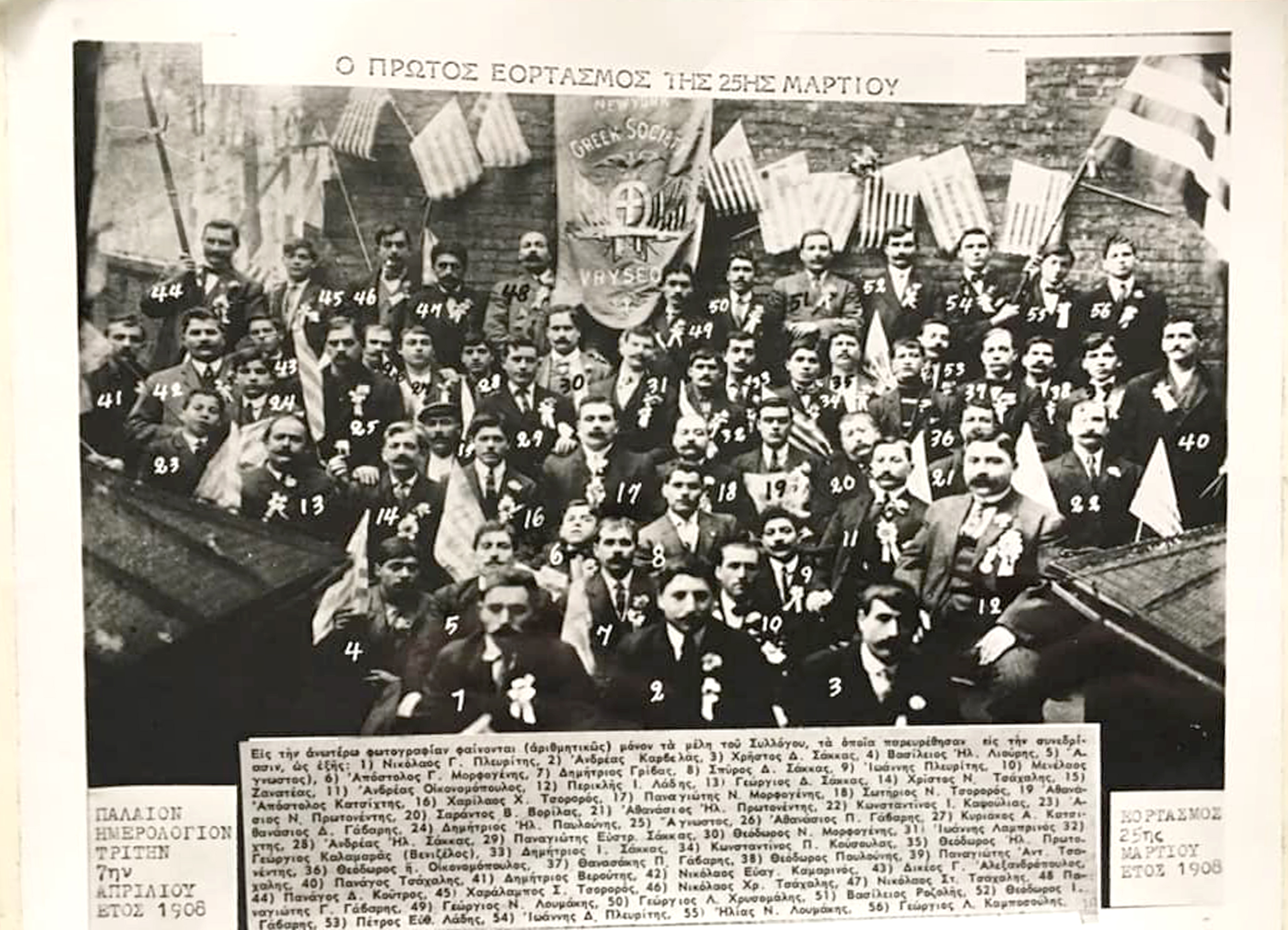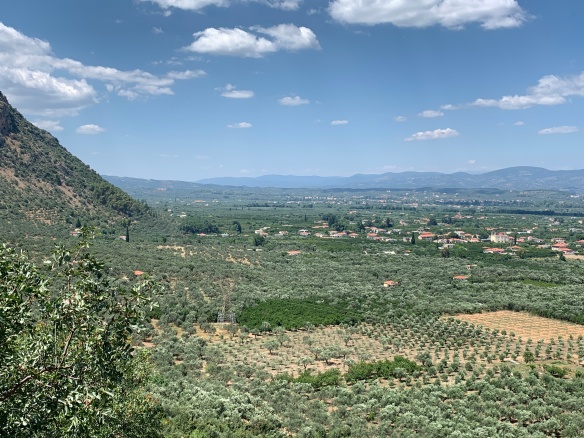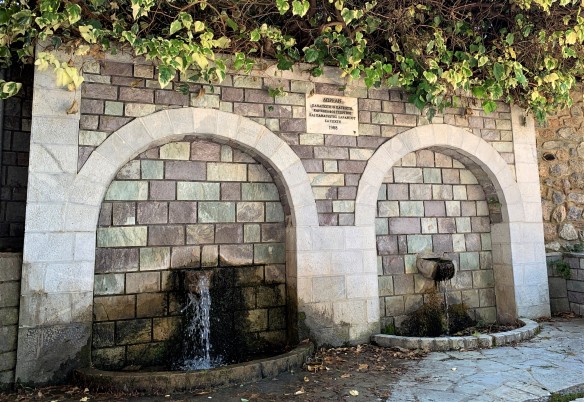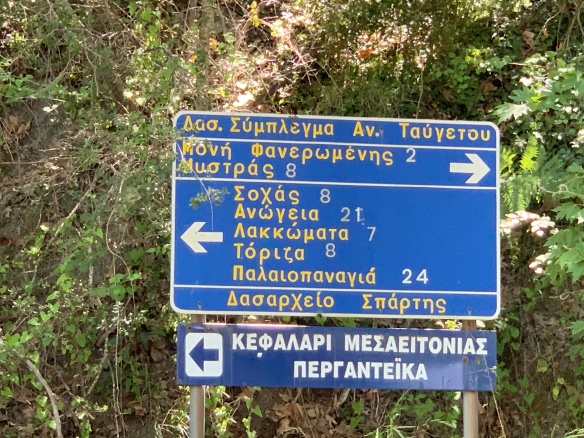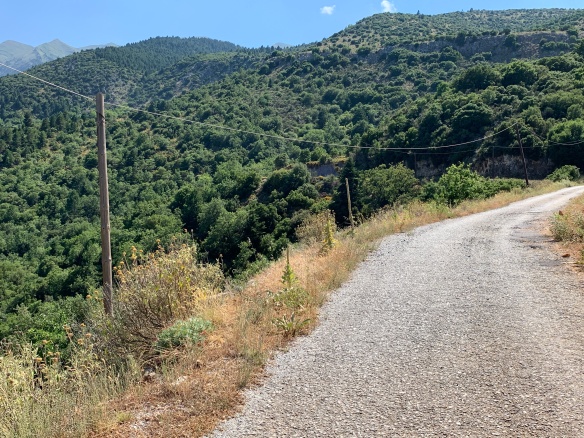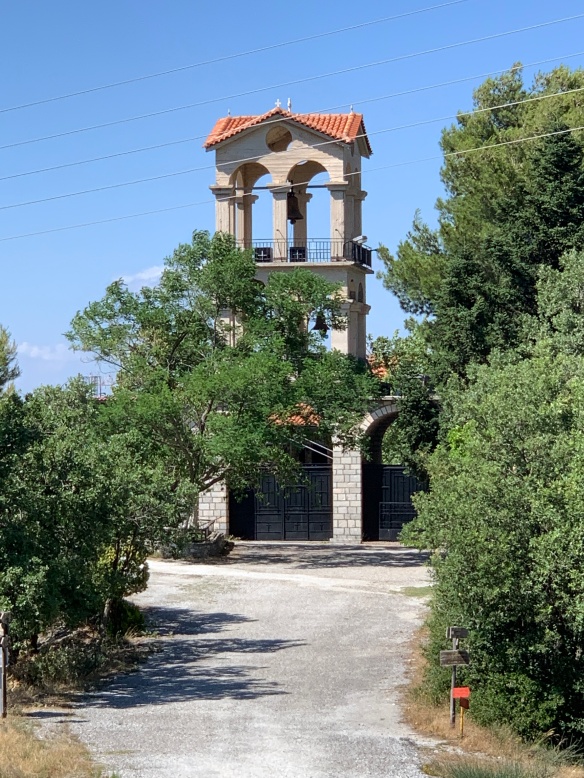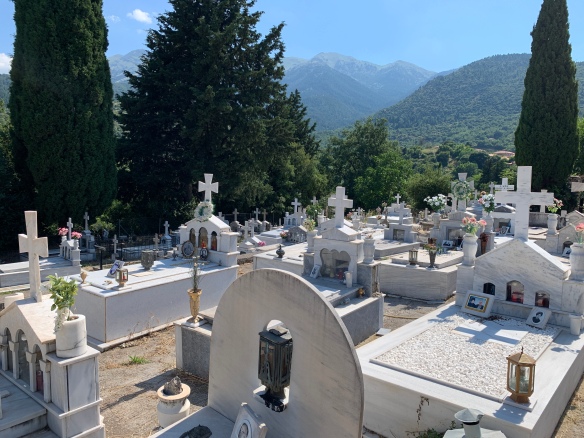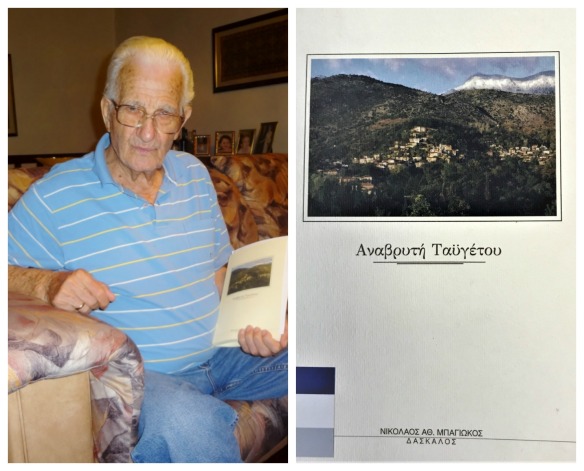This photo has been hiding in a drawer in my grandparents’ home for over 70 years. When my cousin found it, he snapped a picture with his cell phone and sent it to me in a text: I don’t think we digitized this one [during our cousin scanfest in 2015] and he was correct. What a treasure!

This photo has captured my heart and kindled my fascination. It evokes memories of the stories my mother shared about the galas, dances, and special events that were the hallmark of that time. People dressed in their finest with hats and gloves as de rigueur. Extended families gathered and new “matches” of young couples were forged by enterprising relatives. The magical combination of live music, fine dining and spirited conversations produced many an “enchanged evening.” Truly, I feel like I am missing something very special.
But I especially love looking at all these beautiful faces (and truly they are lovely!). The joy they express reveals a familial happiess that lies in connections which stretch back generations. Starting in Agios Ioannis (Pappas) and Anavryti (Morfogen) and now rekindled in Brooklyn, these immigrants settled themselves and their families in close-knit neighborhoods. They started successful businesses and helped each other become established in a new land.
This union of Pappas (Papagiannakos) and Morfogen (Morfogenis) shows how the intermarriages of immigrant Greek families expanded and drew the family circles tighter together. In this example, the families of both my father (Kostakos) and my mother (Papagiannakos) and thus, all of their cousins, now became linked with the Morfogen family and the circle ever widens. Both of my parents are in this photo, as are their siblings and their parents!
This family continuity is my foundation and fortitude.These are the generations on whose shoulders I stand and whose strength I carry.
My deepest gratitide and sincerest thanks to members of the Morfogen family who have identified almost all of the people. Below is the same picture with people numbered, and a chart with the people identified. [click on either of the photos to expand them]
If any additional people can be identified, or any corrections should be made, please let me know by sending an email to spartanroots1 at gmail.com. Thank you!

| 1 | Mrs. Zaharia Chahalis |
| 2 | Pauline Morfogen Kokines |
| 3 | First name? Pavlounis |
| 4 | William Kokines |
| 5 | Vivian Kokines Parlamis |
| 6 | Ethel Pavlounis Chahalis |
| 7 | George Chahalis |
| 8 | John Andrew Kostakos |
| 9 | Georgia Kostakos Doukas |
| 10 | Angelo John (Al) Doukas |
| 11 | Andrew John Kostakos |
| 12 | Catherine Pappas |
| 13 | Angelina Eftaxia Pappas |
| 14 | Nicholas Louis Pappas |
| 15 | unidentified |
| 16 | Calliope P. Coutros |
| 17 | Peter Spyridon Coutros |
| 18 | Stavroula (Stella) Kostakos Coutros |
| 19 | Aphrodite (Frieda) Kostakos |
| 20 | Panagiota (Bertha) Pappas |
| 21 | unidentified |
| 22 | Mary Coutros,(later married George Karagis) |
| 23 | Peter Coutros |
| 24 | unidentified |
| 25 | unidentified |
| 26 | unidentified |
| 27 | unidentified |
| 28 | unidentified |
| 29 | unidentified |
| 30 | business associate: Mrs. Vassilaros |
| 31 | business associate: Irene Vassilaros |
| 32 | business associate wife |
| 33 | business associate: Mr. Chios |
| 34 | business associate: Mr. Vassilaros Sr. |
| 35 | Andrew Spyros Marinos |
| 36 | Mary Marinos Neckles |
| 37 | Petros Neckles |
| 38 | George Spyros Marinos |
| 39 | Helen Marinos (later married George Diakomis) |
| 40 | unidentified |
| 41 | unidentified |
| 42 | unidentified |
| 43 | unidentified |
| 44 | Nicholas Spyros Pappas |
| 45 | unidentified |
| 46 | Father Eugene Pappas and next to him, his father, Leon |
| 47 | unidentified |
| 48 | Nicholas Christopher Pappas |
| 49 | unidentified |
| 50 | unidentified |
| 51 | unidentified |
| 52 | unidentified |
| 53 | Christina Morfogen Marinos |
| 54 | Anthony Spyros Marinos |
| 55 | unidentified |
| 56 | John Lambrinos |
| 57 | Areti Kostakos Lambrinos |
| 58 | unidentified |
| 59 | unidentified |
| 60 | Lucretia Leakakos Pappas |
| 61 | Pauline Drivas Pappas |
| 62 | unidentified |
| 63 | Effie Landis Pappas |
| 64 | Stella Geaneas |
| 65 | George Geaneas |
| 66 | Mary Landis |
| 67 | Wife of James Landis |
| 68 | James Landis |
| 69 | unidentified |
| 70 | unidentified |
| 71 | unidentified |
| 72 | unidentified |
| 73 | unidentified |
| 74 | unidentified |
| 75 | unidentified |
| 76 | unidentified |
| 77 | Catherine DeSimone Pappas |
| 78 | Peter James Pappas |
| 79 | John Salatas |
| 80 | Catherine Pappas Salatas |
| 81 | Christina Christakos Morfogen |
| 82 | James George Morfogen |
| 83 | Wilhemina Pappas |
| 84 | Athanasia Morfogen Pappas |
| 85 | Diamond Stavracos Morfogen |
| 86 | Sam George Morfogen |
| 87 | Vivian Morfogen Brauman |
| 88 | George Sam Morfogen |
| 89 | unidentified |
| 90 | unidentified |
| 91 | Paul George Morfogen |
| 92 | Anna Landis Morfogen |
| 93 | George Paul Morfogen |
| 94 | Georgia Pappas Morfogen |
| 95 | Calliope Kostakos Pappas |
| 96 | James Nicholas Pappas |
| 97 | Father Michalopoulos, Priest from Three Hierarchs |
| 98 | Lily Landis Nikas |
| 99 | James Nikas |
| 100 | Marie Nikas Combias |
| 101 | unidentified |
| 102 | Vivian Morfogen Geaneas |
| 103 | unidentified |
| 104 | unidentified |


